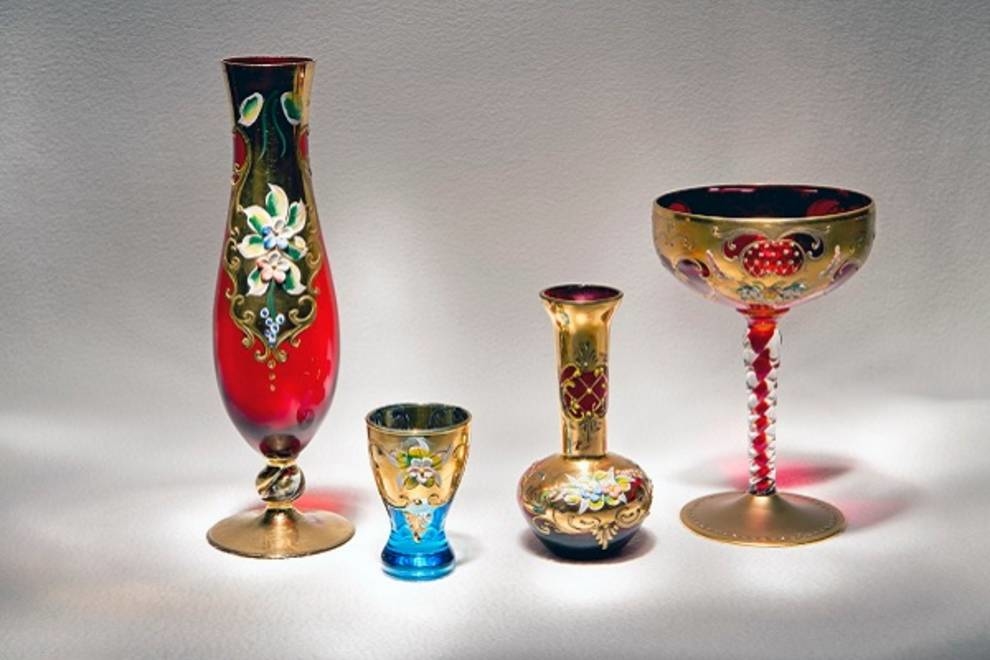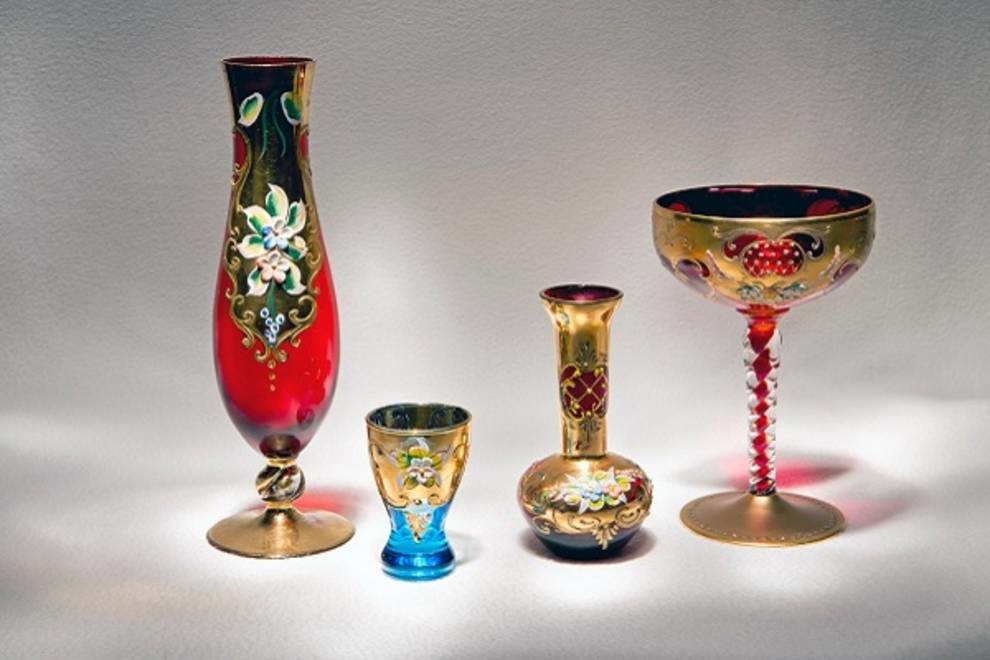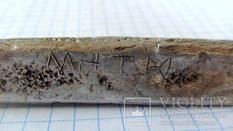
What complicates the attribution of glassware XVI-XVIII centuries?
Although mankind has been familiar with glass for quite some time, the attribution of products made from this material is one of the most difficult tasks in art history. Even an experienced expert can make a mistake in this matter. Ancient glass products survived periods of complete monopoly of countries for their manufacture, as well as the times of cosmopolitanism, which was established in the second half of the 16th century.
Until this time, the methods and forms of decoration were quite recognizable. Glassmakers rarely put brand names on their products that allowed dating and identification of works. As a rule, the bulk of the products during this period was very similar, because most of the famous manufactories have gone the same way - from simply copying the products of their predecessors to creating their own style.
Marks that resembled stamps began to appear only at the end of the 18th century, but they were set up chaotically: not all manufactories had stamps, and they did put them from time to time. Nameplates of masters who performed an old object or its decor, also rarely appeared on products. To establish the author of the work, as a rule, it is possible only with the help of archival documents confirming the implementation of a particular order.

Antique glassware, mostly anonymous works of art, creates many problems for its researcher. The only method of attribution of glass, which allows to obtain almost one hundred percent result, is a thorough study of the chemical components of the object.
Each small manufactory, factory or home production possessed its own batch recipes. Most manufacturers kept secret information about the process, the proportions and components of the charge, as well as about the experiments. Regions and countries worked on raw materials that were accessible to them, which did not need to be carried from afar. Through chemical analysis, you can get complete information about the charge and, accordingly, about the place of manufacture of a particular object.
However, carrying out such an analysis may not be safe for the piece of antiquity itself, so some glass specialists use a visual method for determining the region of production. In this case, the shade of glass is taken into account, which is often quite distinct. When using this method, the results should be supported by additional evidence.
Until this time, the methods and forms of decoration were quite recognizable. Glassmakers rarely put brand names on their products that allowed dating and identification of works. As a rule, the bulk of the products during this period was very similar, because most of the famous manufactories have gone the same way - from simply copying the products of their predecessors to creating their own style.
Marks that resembled stamps began to appear only at the end of the 18th century, but they were set up chaotically: not all manufactories had stamps, and they did put them from time to time. Nameplates of masters who performed an old object or its decor, also rarely appeared on products. To establish the author of the work, as a rule, it is possible only with the help of archival documents confirming the implementation of a particular order.

Photo © google.com.ua
Antique glassware, mostly anonymous works of art, creates many problems for its researcher. The only method of attribution of glass, which allows to obtain almost one hundred percent result, is a thorough study of the chemical components of the object.
Each small manufactory, factory or home production possessed its own batch recipes. Most manufacturers kept secret information about the process, the proportions and components of the charge, as well as about the experiments. Regions and countries worked on raw materials that were accessible to them, which did not need to be carried from afar. Through chemical analysis, you can get complete information about the charge and, accordingly, about the place of manufacture of a particular object.
However, carrying out such an analysis may not be safe for the piece of antiquity itself, so some glass specialists use a visual method for determining the region of production. In this case, the shade of glass is taken into account, which is often quite distinct. When using this method, the results should be supported by additional evidence.


